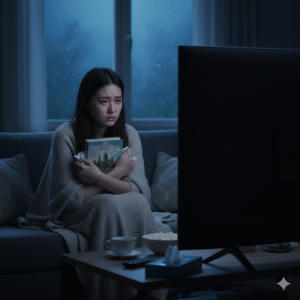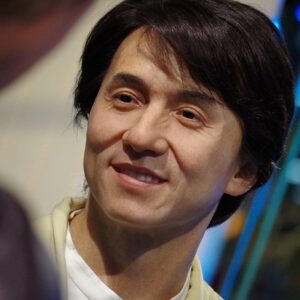Mumbai – 2025
To the audience, the actor moves on with the next film, the next post, the next performance. But off-camera, between headlines and halogen lights,not all wounds are scripted—and not all healing happens in private.
In an industry where life unfolds under watchful eyes,how do actors truly heal? Can they process personal trauma, heartbreak, or grief when their pain becomes fodder for speculation, meme culture, and brand optics?
In Indian cinema, where stardom is both armor and exposure, the question is no longer rhetorical. It is urgent.
When Healing Is Interrupted by Performance
Actors often confront deeply personal experiences mid-career:
- Death of a parent
- Public breakups
- Miscarriages or fertility struggles
- Legal battles or family trauma
- Identity crises triggered by fame
But there’s no “grief leave” in Bollywood. Work continues. Interviews are scheduled. Trailers drop. Even pain must bemarketed with discretion.
This leads to what psychologists call“suppressed processing”—emotions deferred, but not dissolved.
The Pain of Being Public While Suffering in Private
Unlike most professions, actors:
- Can’t grieve without being photographed
- Can’t disappear without triggering rumours
- Can’t speak without it becoming a headline
Even silence is misread—seen as arrogance, PR strategy, or career dip.
Many retreat emotionally, resulting in:
- Disconnection from their roles
- Increased dependence on work to numb the self
- Hyper-curated public personas that hide the chaos within
Therapy Helps—But Isn’t Enough Alone
More actors are turning to therapy, but the challenges are specific:
- They cannot speak freely about industry peers due to confidentiality risks
- Some therapists are starstruck, diluting the boundary
- The timeline of healing clashes with professional commitments
True healing requirestime, safety, and irrelevance—none of which stardom allows easily.
The Industry’s Role in Delayed Recovery
- PR agents ask actors to “hold off” on addressing certain issues until the next project is done
- Brands prefer “stable ambassadors,” discouraging public vulnerability
- Mental health is still seen as a personal matter, not a production concern
- Social media amplifies every misstep, slowing emotional safety
Thus, even when actors try to process pain,they are met with incentives to conceal it.
When the Role Mirrors the Wound
Some actors find themselves cast in stories thatmirror their unresolved trauma:
- A bereaved actor asked to perform a funeral scene
- A survivor of assault cast in a narrative of similar violation
- A broken relationship replayed through romantic screen pairings
Sometimes, this triggers catharsis. Often, itdelays healing further—by commodifying the very wound they seek to close.
What Healing Could Actually Look Like
- Industry sabbaticals with no career penalty
- Therapist-on-retainer models built into long-term actor contracts
- Producers normalizing emotional breaks between intense projects
- Media circles respecting actor silences without forcing narratives
- Peers and co-actors holding space, not just applause
The Final Truth
Healing is not linear. And in a world where the next role, shoot, or scandal is always waiting,actors are rarely allowed to pause long enough to feel fully human.
But healing becomes possible whenthe world stops demanding performance—and starts offering presence.
Because an actor, no matter how perfect the take, is still a person. And people don’t cut to the next scene—they carry the last one with them.











